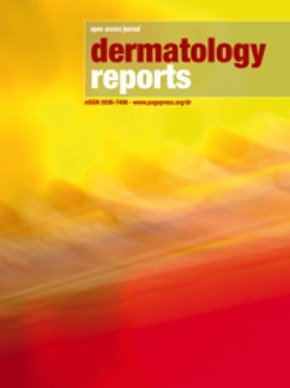Anisakis simplex and urticaria. What we know about its real incidence and management in dermatological settings?
All claims expressed in this article are solely those of the authors and do not necessarily represent those of their affiliated organizations, or those of the publisher, the editors and the reviewers. Any product that may be evaluated in this article or claim that may be made by its manufacturer is not guaranteed or endorsed by the publisher.
Authors
Acute or chronic infections have been described among causes of chronic urticaria (CU). Anisakidosis is a human disease caused by the ingestion of larval nematodes of the family Anisakidae. The infestation is acquired by eating raw seafood or undercooked fish and squid. There are considerable variations in the frequency of underlying causes in the different studies and in different countries, such as differences in diets and the prevalence of infections. Anisakis simplex has been recognized as a trigger of both acute and CU manifestations. However, there is still a lack of evidence about its management and treatment in dermatology. We, therefore, reviewed some biologic properties of Anisakis simplex in order to understand the relationship between its biology and the mechanism it uses to establish chronic dermatological conditions such as urticaria and cause late complications. In addition, we herein report some concerns about the effectiveness of systemic treatment in preventing complications and management in dermatological settings.
How to Cite

This work is licensed under a Creative Commons Attribution-NonCommercial 4.0 International License.








